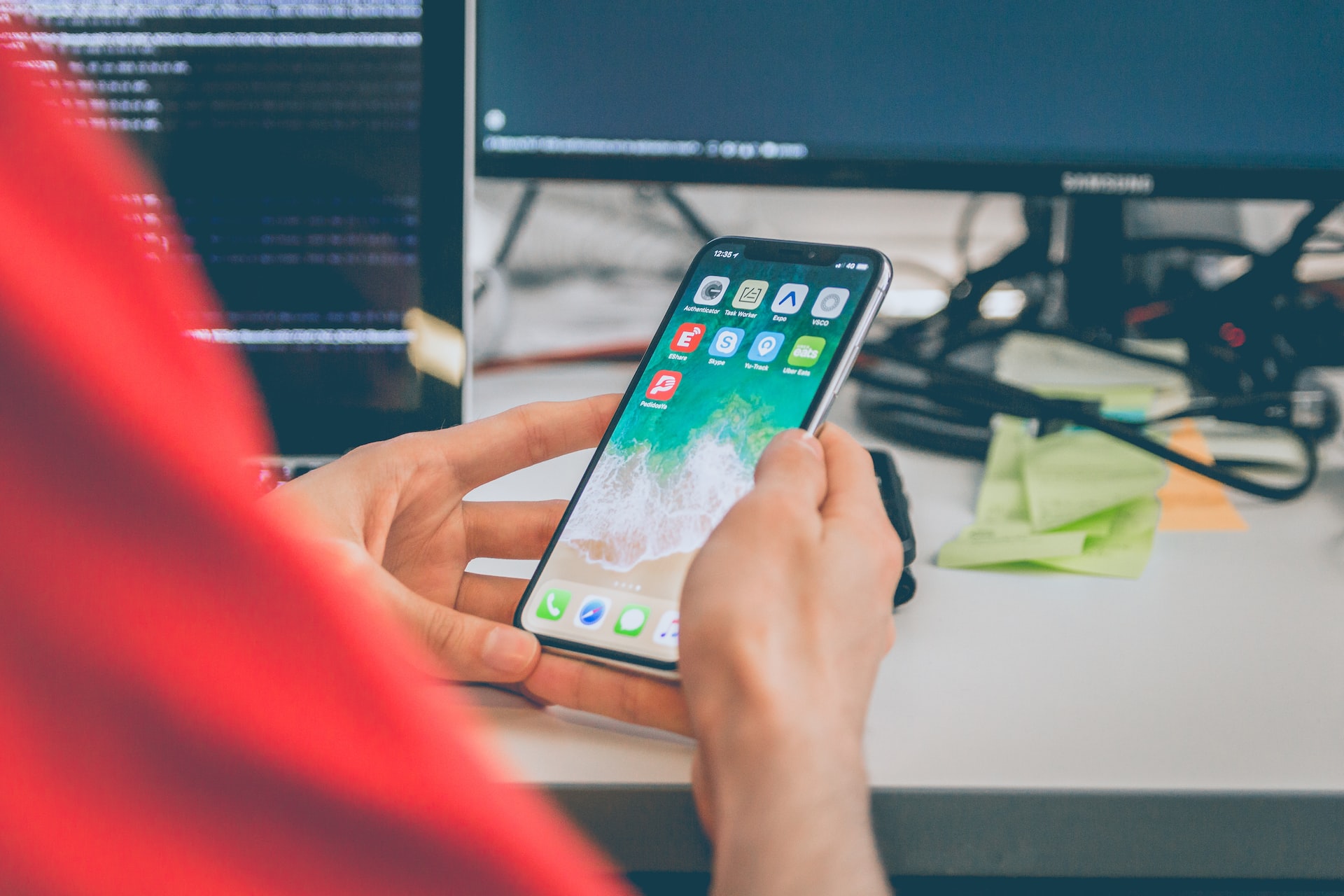Dating apps have become a popular way for people to meet potential partners in recent years. They have exploded in popularity as smartphone and mobile device use has increased. But how do these apps generate revenue? This article will look at the business model of dating apps.
The Basic Business Model
Dating apps, often available for free download and use, leverage various strategies to generate revenue through mobile app development. In-app purchases stand out as a prevalent approach, offering users the option to unlock premium features, including the ability to communicate with other users, for a fee. Additionally, dating apps may allocate ad space to advertisers, enabling them to target a specific audience of potential customers.
Subscription Model
Subscriptions are another source of revenue for dating apps. This model is frequently used by apps aimed at specific demographics or niches. For instance, MySugarDaddy, a dating app for sugar daddies and sugar babies, offers a premium membership that grants access to exclusive features and services. Users can subscribe on a monthly, quarterly, or annual basis, providing the app with a consistent source of revenue.

Sponsorships and Partnerships
Sponsorships and partnerships may also generate revenue for dating apps. This can take many forms, including sponsored content, collaborations with other apps or websites, and even sponsored events. A dating app, for example, might collaborate with a restaurant or bar to host a singles night, with the app offering a discount or other incentive to users who attend.
Data Collection and Monetization
Dating apps, like many other apps and websites, may collect user data and monetize it in a variety of ways. This can include selling user data to third-party advertisers, using data to improve the app’s algorithms and matching capabilities, or developing new products and services using data. While many users are likely to be offended by this practice, it is a common way for apps to generate revenue and improve their offerings.
Freemium Business Model
Some dating apps use a freemium model, which allows users to access basic features for free but requires payment to unlock additional features or services. This model has the potential to generate revenue while maintaining a large user base. A dating app, for example, may allow users to create a profile and browse other profiles for free, but charge a fee to send messages or see who has viewed their profile.
Monetizing User Attention
Monetizing user attention is another revenue model used by dating apps. This model entails developing a platform where users can interact with one another and with the app itself, such as through games or quizzes. This interaction allows advertisers to reach users with sponsored content or ads, generating revenue for the app. This model is especially effective for apps with a large and active user base, as it allows them to monetize their user attention.
Inclusivity and Diversity
As the dating app industry expands and evolves, there is a greater emphasis on inclusivity and diversity. This includes going beyond traditional gender binaries and providing options for non-binary and gender non-conforming people. Inclusion may also be prioritized by dating apps by providing features that cater to specific communities or interests, such as religious or ethnic groups. Dating apps can attract a broader range of users and foster a more welcoming and supportive community by emphasizing inclusivity and diversity.
User Safety and Security
One of the biggest concerns of dating app users is safety and security. To address this concern, dating apps invest heavily in measures to protect user data and prevent fraudulent activity. This includes features such as account verification, two-factor authentication, and artificial intelligence algorithms to detect and prevent fake profiles. Additionally, many dating apps have built-in safety features, such as the ability to block or report users who engage in inappropriate behavior. It is important for dating apps to prioritize user safety and security in order to maintain user trust and loyalty.
In conclusion, the dating app business model is varied and multifaceted. While some apps generate revenue solely through in-app purchases or subscriptions, others may rely on sponsorships, data monetization, or a freemium model. It will be interesting to see what new revenue models emerge and how they impact the dating app industry as a whole as the industry grows and evolves.



